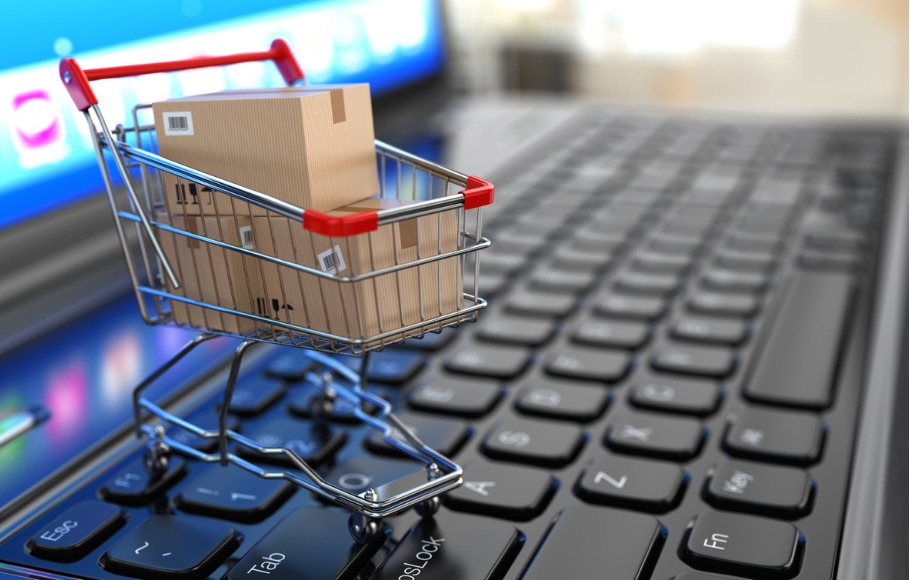
Changing consumer behaviour with online festive sales
To ‘win’ customers in areas where people are not used to online shopping, e-commerce players are adding resources to teach people how to shop than just focussing on the right product pricing.

Vinoth Kumar, 30, a resident of Nannilam, a panchayat town in Tamil Nadu’s Thiruvarur, made a big ticket purchase this festival season on Amazon, one of the leading e-commerce platforms in India.
Kumar, who goes by the concept of touch and feel of the product before purchasing, had never shopped online until a year before. He never purchased anything more than ₹5,000 in the last one year. He waited to gain confidence with online shopping. And this time, he ordered a washing machine worth ₹13,000, which he got at a discounted price of ₹9,000.
Read Part I | Flipkart, Amazon discounts hurt offline trade; govt inaction worries traders
Living in a town which falls under the Tier IV segment, Kumar doesn’t have the shopping app on his smartphone nor does he use a computer to shop online.
So how did he get accustomed to online shopping?
Kumar is part of a WhatsApp group created by one of the Amazon exclusive store agent in Thiruvarur. Whenever, there is a big discount on a fast-moving product, the agent posts in the group and let the members choose the product offering.
Once the users confirm the product, the agent opens an Amazon account for the customer and feeds in their address and contact number for them to get the delivery updates. The customer then makes the payment at an exclusive store in Thiruvarur and the rest of the process is handled online.
Read Part II | Amid slowdown, Tier II and III cities drive demand for e-commerce
Kumar checks the product prices with similar platforms online using his mobile browser and then takes a decision based on the discount he gets. For him, the service delivered through an offline agent of Amazon makes it easy and reliable and he feels there’s someone responsible for the delivery of product, and is in the vicinity of his house, instead of him waiting to get in touch with customer care agent over phone in case of any trouble.
“During the festive sale, my friends and I shopped for about ₹50,000. This is a result of the trust built over the past year with the exclusive store agent. They take care of the damages and returns, if any, and we don’t have to struggle calling up the customer care in case of any trouble,” he says.
Also read | Flipkart sets up data centre in Hyderabad
The Amazon agent in Thiruavarur claims that he created 20 such WhatsApp groups comprising 200 members each where he regularly posts about special offers. He gets a ₹100 commission for enrolling each customer beside the profit margin that he shares on the sale of the products.
There are many like Kumar who have the fear of shopping online but also want to cash in on the discount sales. And e-commerce players are integrating offline and online models to bring more customers on the platform. Trust factor still plays a pivotal role in Tier II cities and beyond.
Offline to online model
Consumers’ buying behaviour keeps changing and are influenced by several factors like the availability of technology, internet, purchasing power of consumers, hassle free shopping experience and more. To ‘win’ customers in areas where people are not used to online shopping, e-commerce players are adding resources to teach people how to shop than just focussing on the right product pricing.
In some cases, the sellers are also opening up experience stores in cities for customers to just ‘experience’ the products and then make the choice of ordering online. Brands like Mi, Apple and Samsung have experience stores in prime cities.
Offering multiple services under one roof
Besides acting as a marketplace, the e-commerce players also offer multiple services like video and music streaming, books and others. Apart from using data for AI, the companies try to increase customer engagement by offering such services.
For instance, Amazon thinks that with its Prime service, the video streaming subscription, its brand gets registered in the users’ mind and that they will make a repeated visit to its shopping platform. It offers fast delivery and additional discounts to the Prime members while shopping online on its platform.
This is not restricted to only new customers. In case of Tier I and II cities, the customers are also offered flash sales, an emerging practice in which a firm offers products at a substantial discount within a limited timeframe.
Flash sales
According to a research report by Athira Ramachandran of Amrita School of Business, Coimbatore, the income level, time pressure, competitiveness, and frequency of online shopping significantly impact the likelihood to purchase during flash sales.
Flash sales also create a sense of urgency among consumers and an impulsive purchase behaviour. Many of these offers run only for a few minutes and hours, and at odd hours during the day. In March, about two lakh Redmi Note 7 phones, a Mi product, were sold in less than an hour of the commencement of sale on one of the e-commerce platforms.
Also read | Amazon invests ₹450 crore in India payments unit
While offline stores push big brands to consumers, the online players forge exclusive partnership with manufacturers to offer them at a much cheaper price and manage the inventory to speed up the delivery. This enables them to penetrate into Tier II cities and beyond.
With the rural commerce sector estimated to be valued at $10-12 billion in the next four years, companies are taking the challenge of newer markets and focusing on bringing down the hurdles of logistics, payment and trust factors.
(This is the third and the last part of the three-part series)


